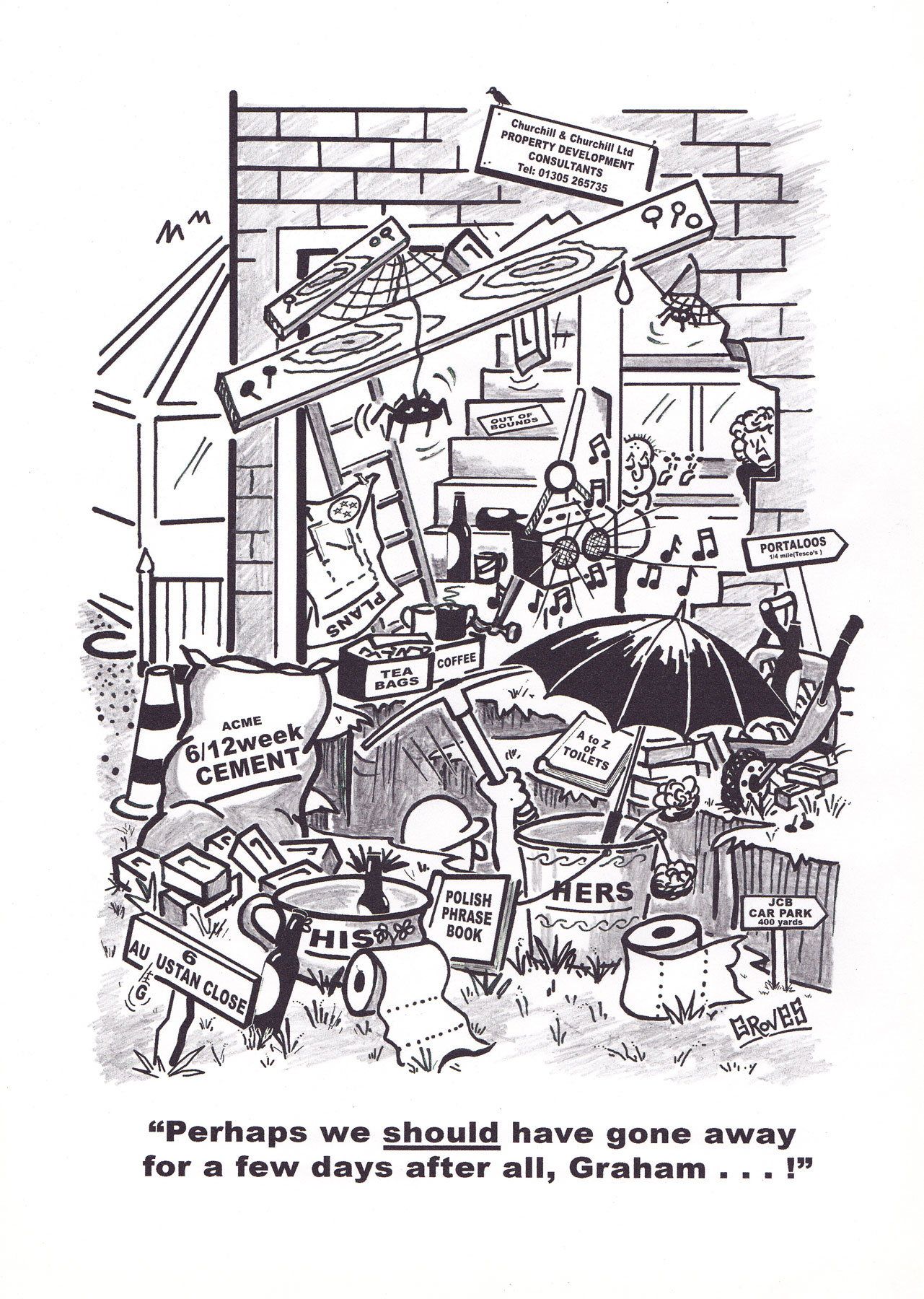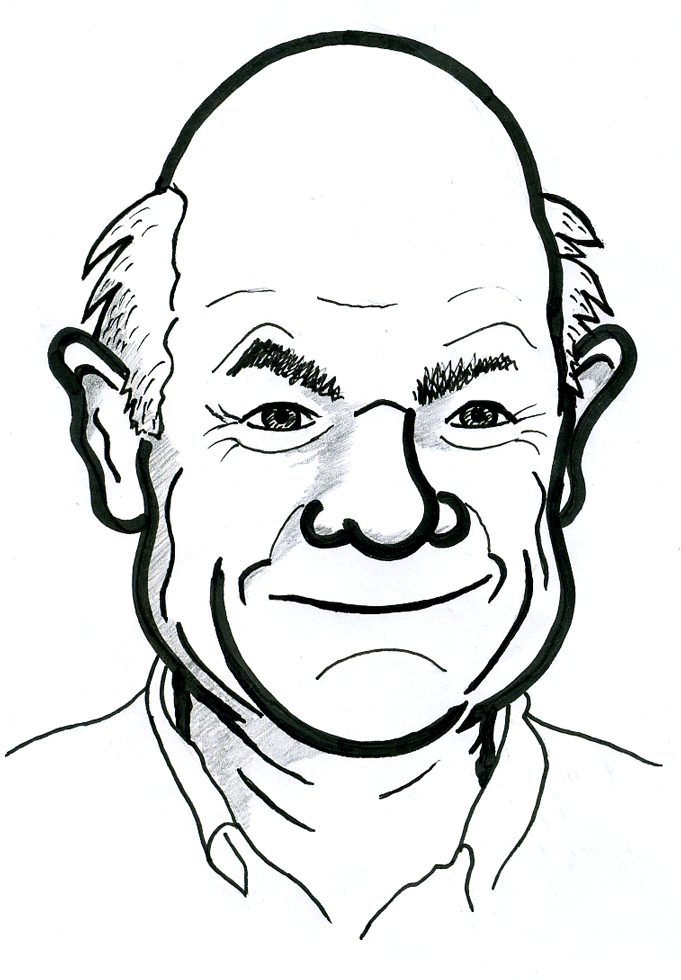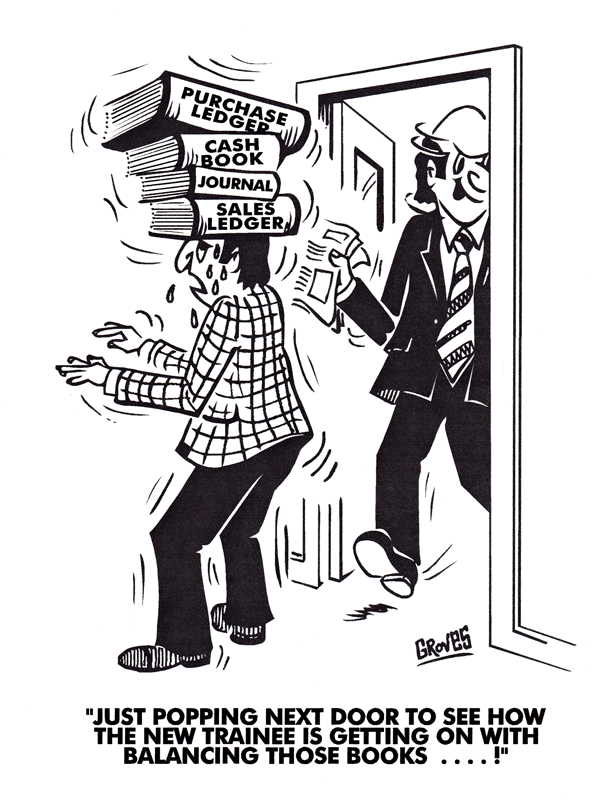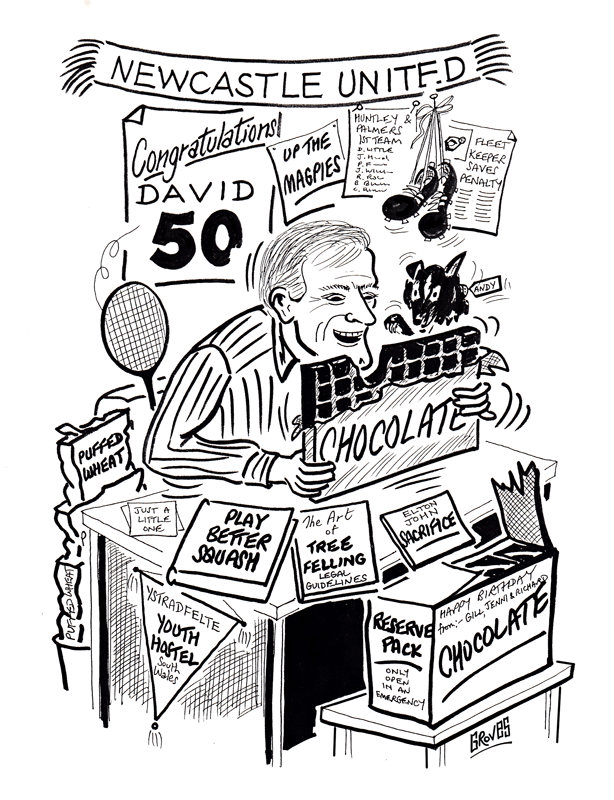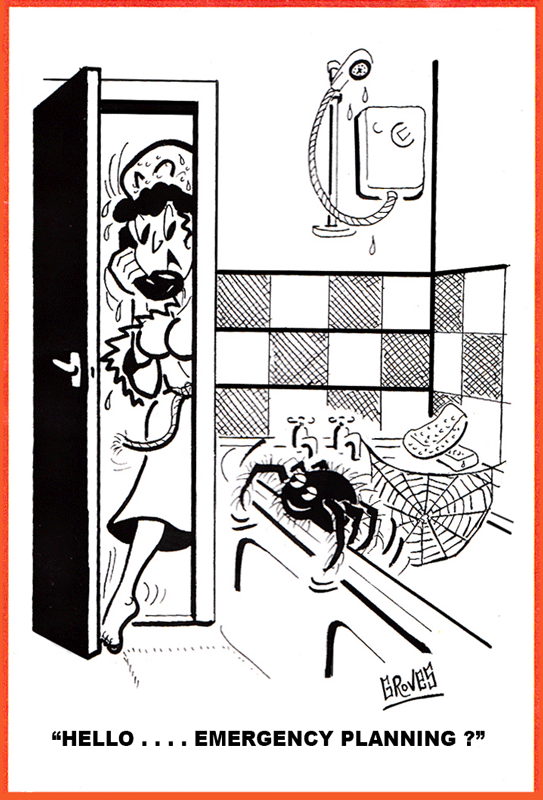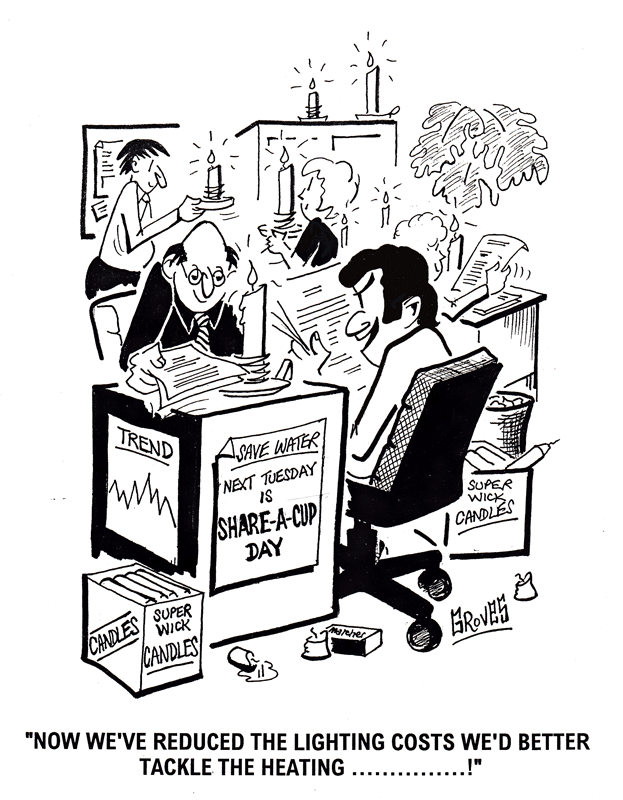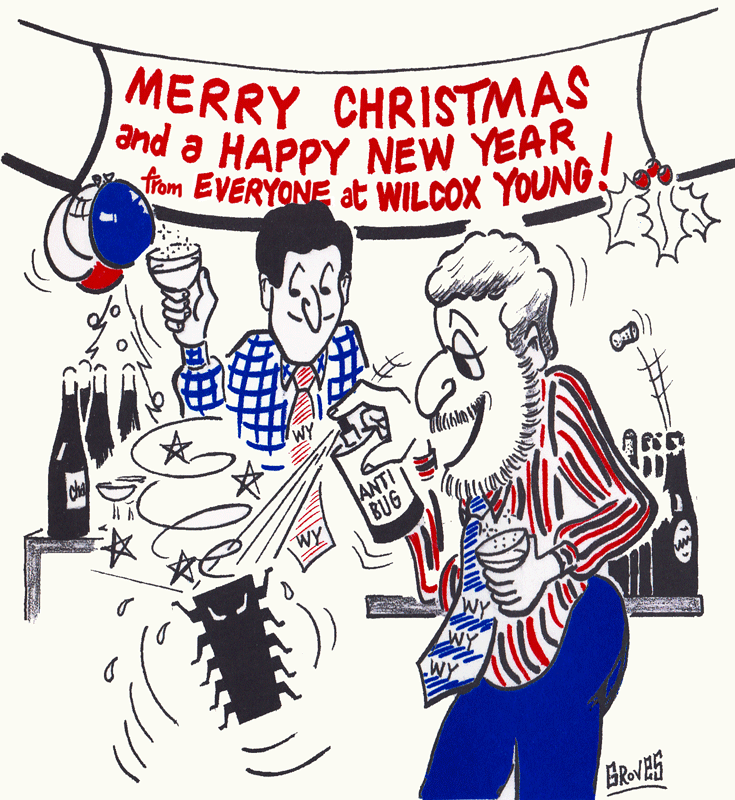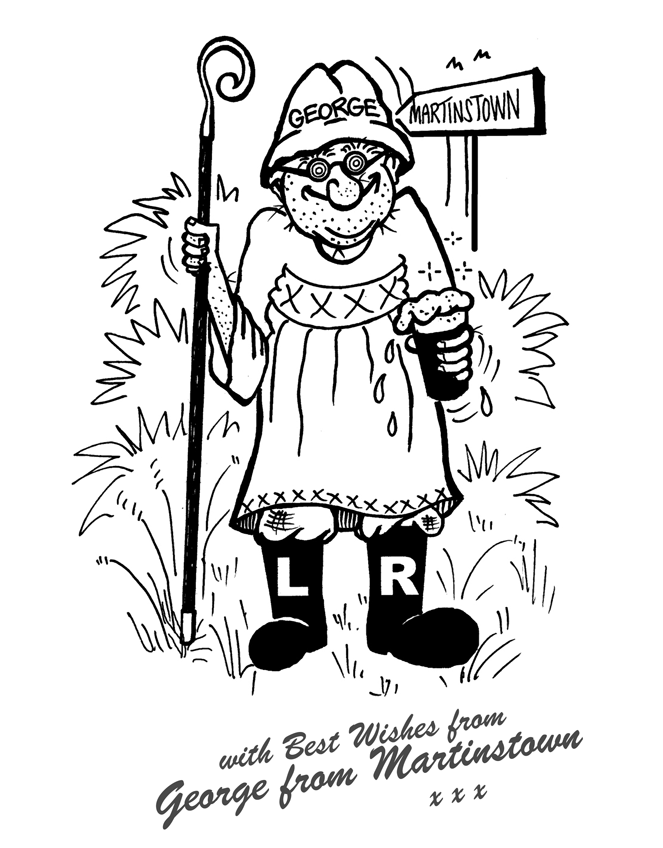
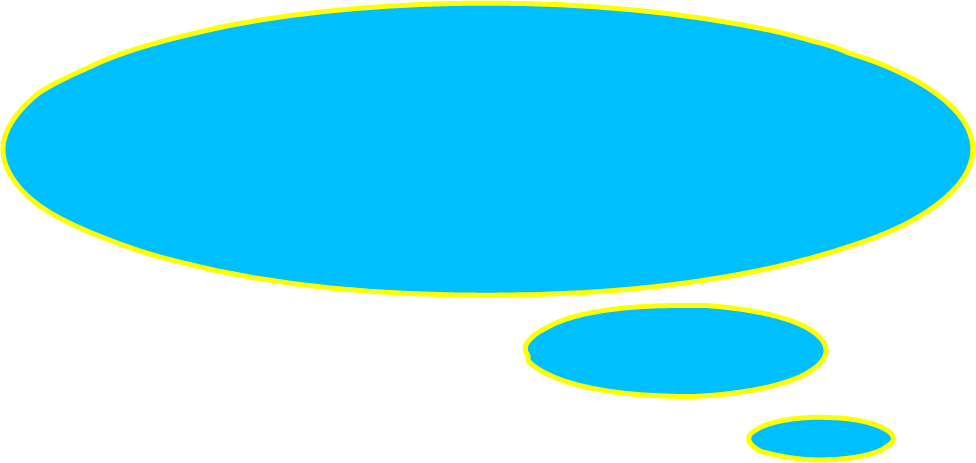

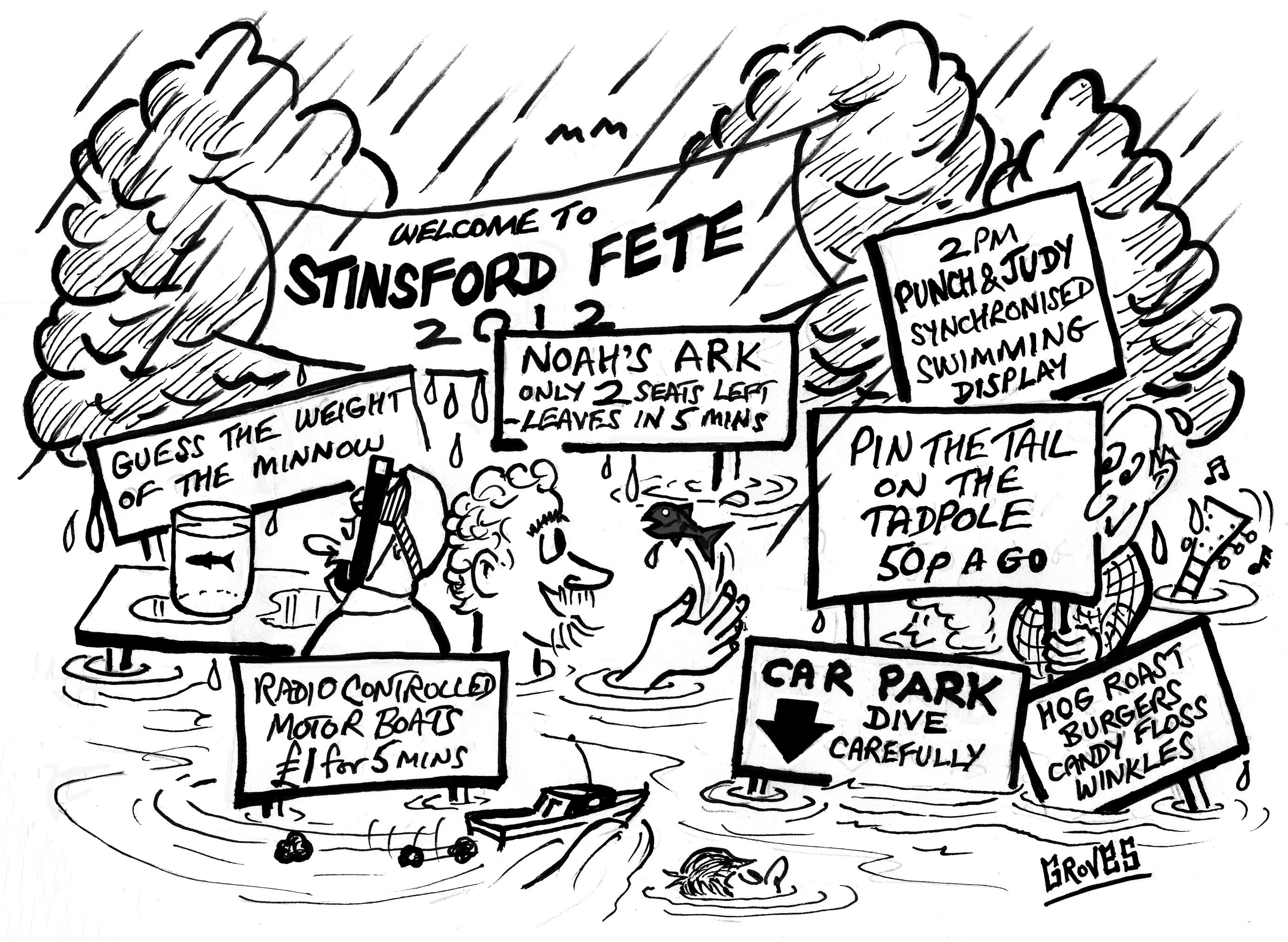
Touch to reveal next picture
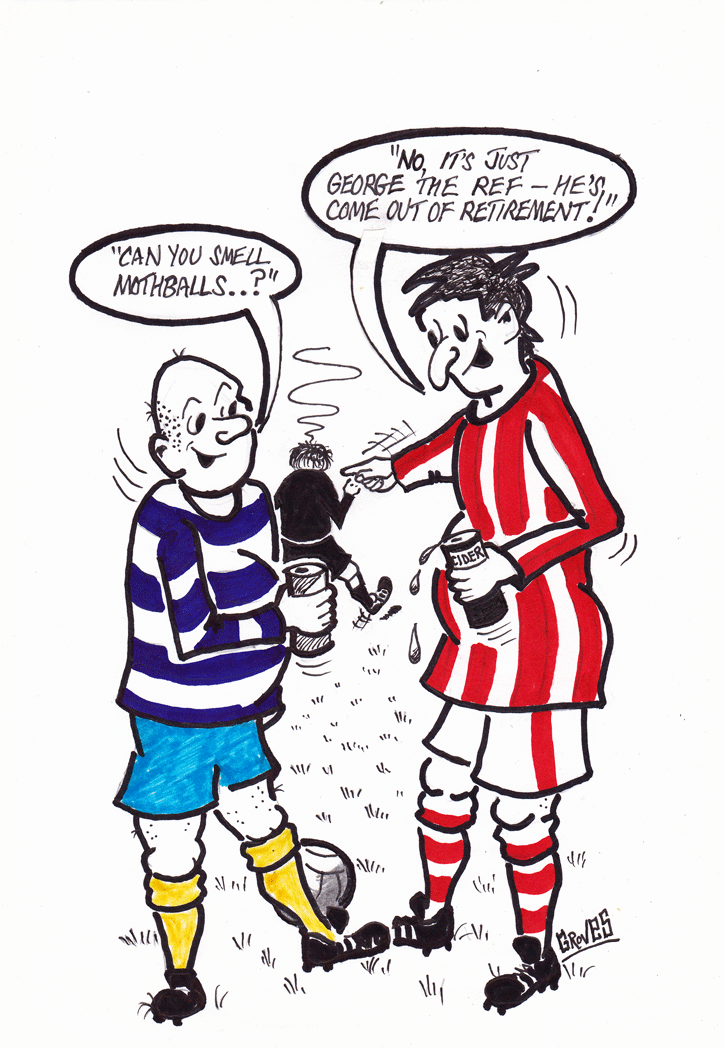
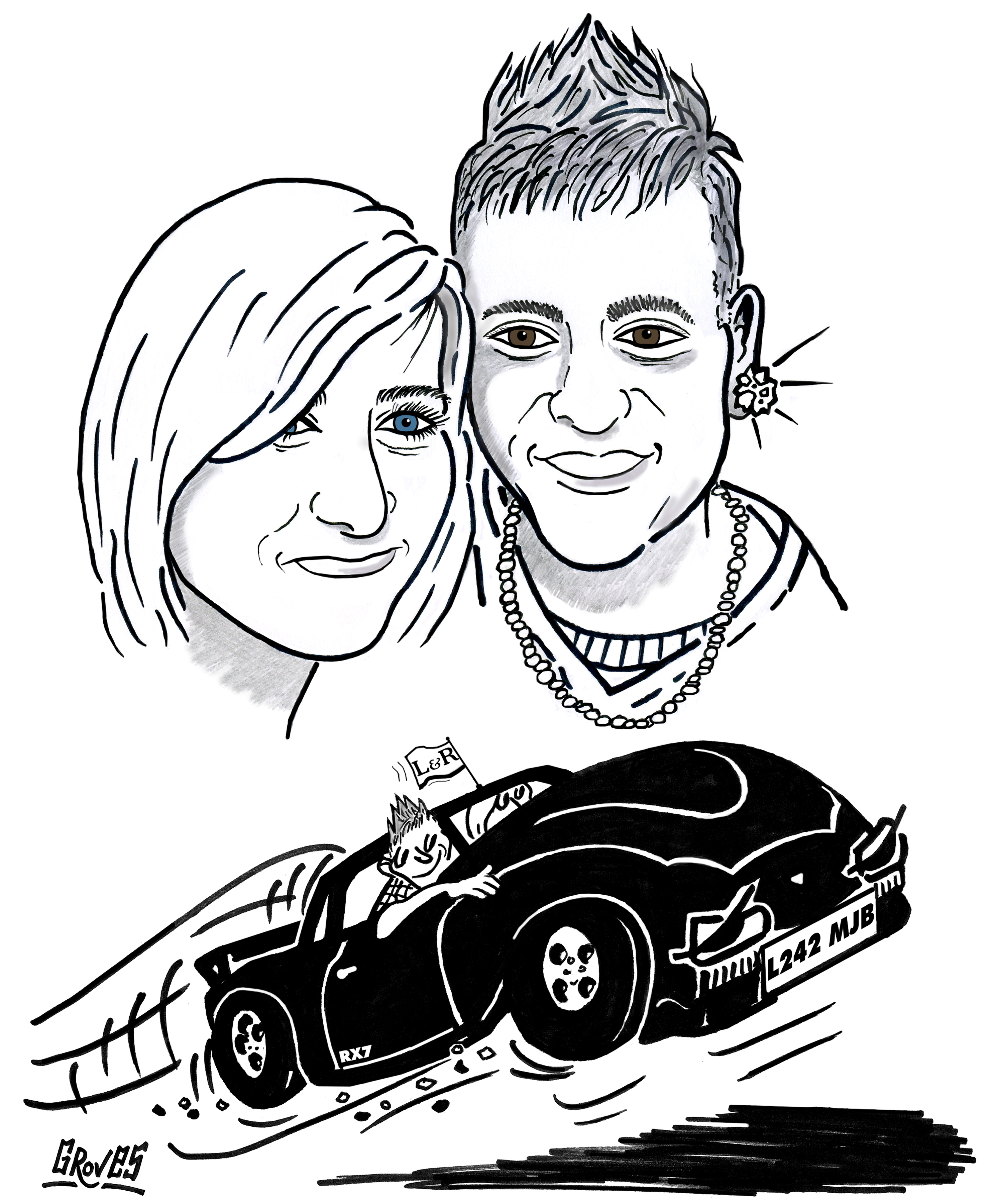
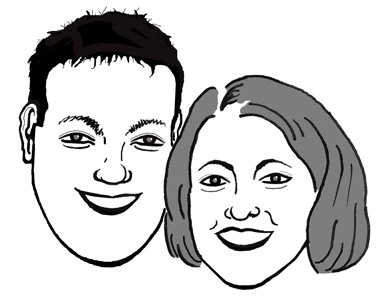
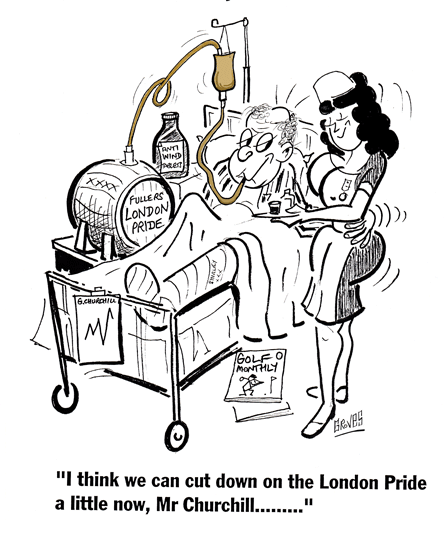
In the world of Cartooning it's the joke that "sells" the picture whereas with a Caricature
the exagerated likeness of the subject is also required in order to raise a giggle.
Cartoons appear in many forms of media - newspapers, books, magazines, advertising, films, etc. They can also be used to "lighten up" a lecture or put across a point of view that would otherwise be considered dull or uninteresting. They can be controversial, political, cruel and thought provoking as well as being hilarious.
On these pages you will find examples both many and varied.
Laugh on . . .
the exagerated likeness of the subject is also required in order to raise a giggle.
Cartoons appear in many forms of media - newspapers, books, magazines, advertising, films, etc. They can also be used to "lighten up" a lecture or put across a point of view that would otherwise be considered dull or uninteresting. They can be controversial, political, cruel and thought provoking as well as being hilarious.
On these pages you will find examples both many and varied.
Laugh on . . .
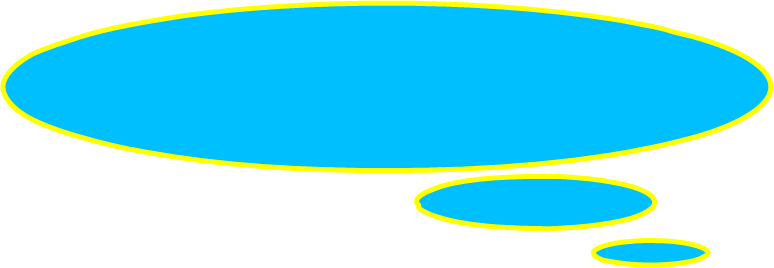
In the art of Cartooning it's the joke that "sells" the picture whereas with a Caricature
the exagerated likeness of the subject is also required in order to raise a giggle.
Cartoons appear in many forms of media - newspapers, books, magazines, advertising, films, etc. They can also be used to "lighten up" a lecture or put across a point of view that would otherwise be considered dull or uninteresting. They can be controversial, political, cruel and thought provoking as well as being hilarious.
On these pages you will find examples both many and varied.
Laugh on . . . .
the exagerated likeness of the subject is also required in order to raise a giggle.
Cartoons appear in many forms of media - newspapers, books, magazines, advertising, films, etc. They can also be used to "lighten up" a lecture or put across a point of view that would otherwise be considered dull or uninteresting. They can be controversial, political, cruel and thought provoking as well as being hilarious.
On these pages you will find examples both many and varied.
Laugh on . . . .


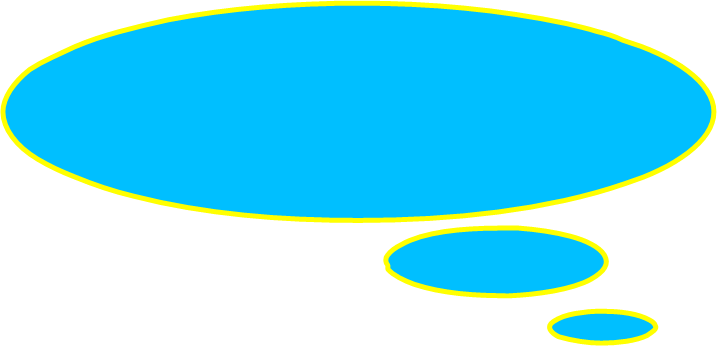
In the world of Cartooning it's the joke that "sells" the picture whereas with a Caricature
the exagerated likeness of the subject is also required in order to raise a giggle.
Cartoons appear in many forms of media - newspapers, books, magazines, advertising, films, etc. They can also be used to "lighten up" a lecture or put across a point of view that would otherwise be considered dull or uninteresting. They can be controversial, political, cruel and thought provoking as well as being hilarious.
On these pages you will find examples both many and varied.
Laugh on . . . .
the exagerated likeness of the subject is also required in order to raise a giggle.
Cartoons appear in many forms of media - newspapers, books, magazines, advertising, films, etc. They can also be used to "lighten up" a lecture or put across a point of view that would otherwise be considered dull or uninteresting. They can be controversial, political, cruel and thought provoking as well as being hilarious.
On these pages you will find examples both many and varied.
Laugh on . . . .

